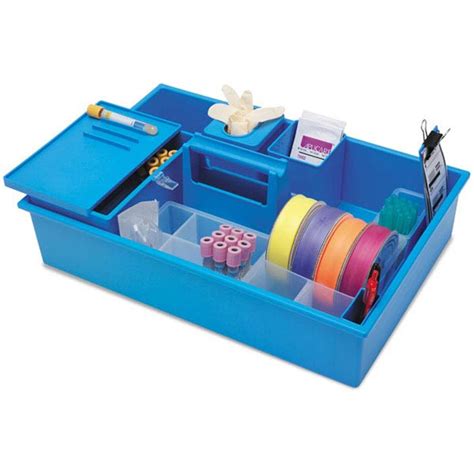**Title: Comprehensive Guide to Phlebotomy Training Programs**
**Introduction:**
If you are considering a career in the medical field that involves drawing blood, then enrolling in a Phlebotomy Training Program is a great first step. Phlebotomy is a critical aspect of healthcare, as it involves extracting blood from patients for medical testing, donations, or transfusions. A Phlebotomy Training Program will provide you with the necessary skills and knowledge to excel in this field.
**What is Phlebotomy Training Program:**
A Phlebotomy Training Program is designed to teach individuals how to draw blood safely and efficiently. It includes both classroom instruction and hands-on training in a clinical setting. Students learn about anatomy, physiology, medical terminology, infection control, and venipuncture techniques. The goal of the program is to prepare students to become competent phlebotomists who can work effectively in hospitals, clinics, laboratories, or blood donation centers.
**Benefits of Enrolling in a Phlebotomy Training Program:**
– Learn essential skills: A Phlebotomy Training Program will teach you the necessary skills to perform venipuncture and other blood collection techniques.
– Job opportunities: Phlebotomy is a high-demand field, and completing a training program will increase your chances of finding employment.
– Career advancement: With experience and additional certifications, you can advance to supervisory or management positions in the healthcare industry.
– Personal satisfaction: As a phlebotomist, you will play a vital role in patient care and contribute to the diagnosis and treatment of various medical conditions.
**Phlebotomy Training Program Curriculum:**
A typical Phlebotomy Training Program includes the following subjects:
– Anatomy and physiology
– Medical terminology
- Infection control
– Phlebotomy techniques
– Hands-on training in a clinical setting
– CPR certification
**Practical Tips for Success in a Phlebotomy Training Program:**
– Practice regularly: The key to mastering phlebotomy techniques is practice. Take advantage of any opportunity to practice drawing blood.
– Ask questions: Don’t be afraid to ask questions or seek clarification from your instructors or preceptors.
– Stay organized: Develop good time management skills to ensure you meet deadlines and complete assignments on time.
– Seek feedback: Request feedback from your instructors or preceptors to identify areas for improvement and enhance your skills.
**Case Study: John’s Journey through a Phlebotomy Training Program:**
John, a recent high school graduate, enrolled in a Phlebotomy Training Program to pursue his passion for healthcare. Through the program, he learned the importance of accuracy, attention to detail, and patient care. After completing his training, John secured a job at a local hospital and is now working towards becoming a certified phlebotomist.
**First-Hand Experience:**
“I decided to enroll in a Phlebotomy Training Program to kickstart my career in healthcare. The program provided me with the necessary knowledge and skills to become a successful phlebotomist. I am grateful for the hands-on experience and mentorship I received during my training.”
**Conclusion:**
Enrolling in a Phlebotomy Training Program is an excellent way to start a rewarding career in healthcare. By completing a training program, you will gain essential skills, knowledge, and hands-on experience to become a competent phlebotomist. Remember to practice regularly, seek feedback, and stay organized to succeed in your training program.
Whether you are a recent high school graduate, career changer, or healthcare professional looking to expand your skills, a Phlebotomy Training Program can open doors to job opportunities and career advancement. Take the first step towards a successful career in phlebotomy by enrolling in a reputable training program today.
By following these practical tips and leveraging your experience in a Phlebotomy Training Program, you can achieve success in the field of phlebotomy and make a positive impact on patient care. Good luck on your journey to becoming a certified phlebotomist!
